How to cook with peppercorns
The aromatic, warming flavours of black, white, green, pink and Sichuan peppercorns can transform pretty much any dish, from savoury to sweet. Our guide explores the different types of pepper, the history of the world's most traded spice, and some recipes to use pepper to its full effect.
What are peppercorns?
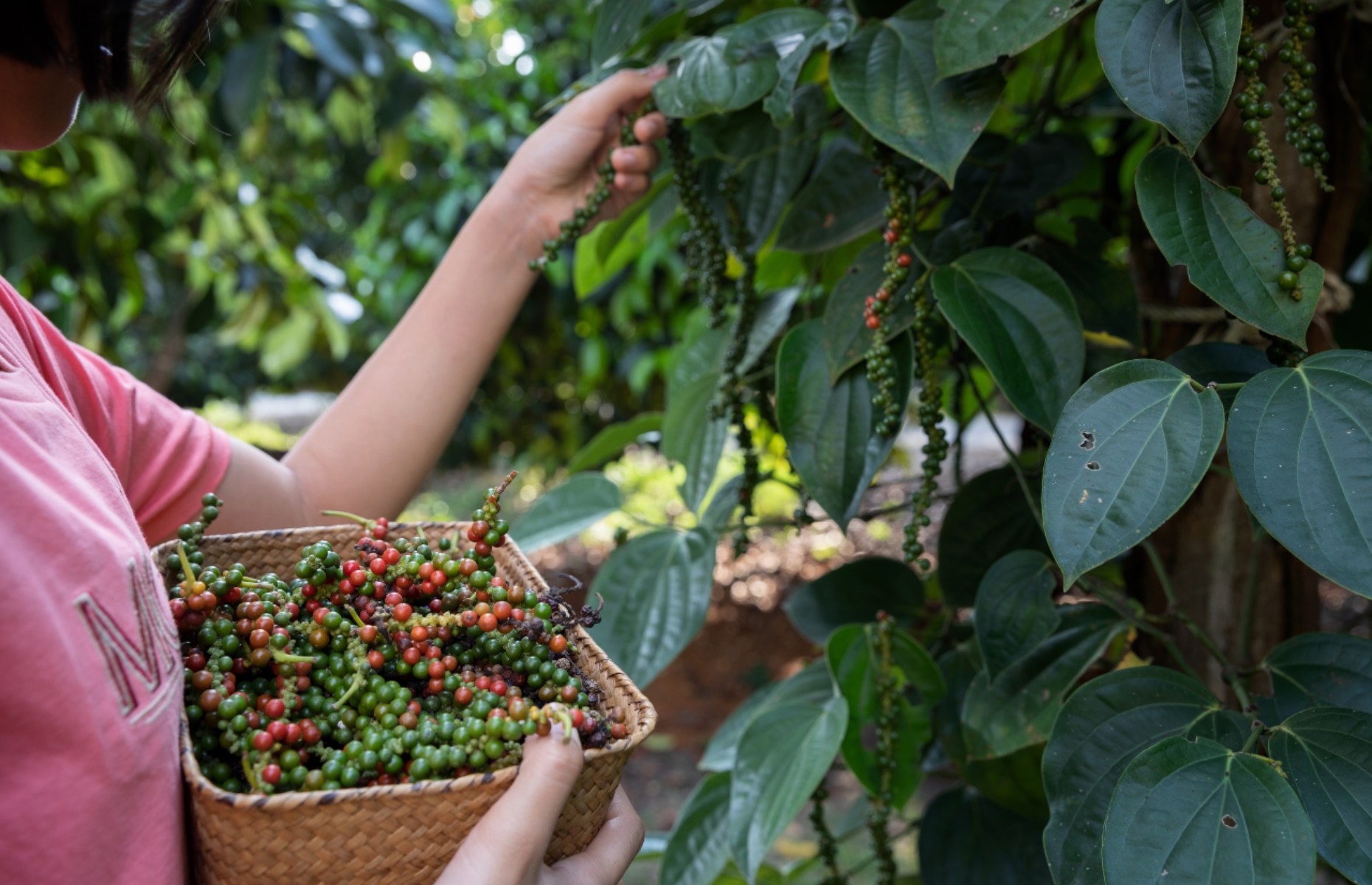
Black pepper is the world’s most-traded spice. Even today, it accounts for around a fifth of the world's spice trade. After salt, it's one of the most widely used store cupboard ingredients too. There aren’t many kitchens out there without a black pepper mill, with many of us branching out to add green, white, pink or even tingly Sichuan pepper as well.
Black, green and white pepper comes from the fruit of the pepper plant, Piper nigrum. The colour of the pepper depends on how it’s processed. Peppercorns grow green on ‘spikes’ on the pepper plant vines. The spikes are covered with small, hard, green, berry-like fruits – the peppercorn. The fruit is harvested when the spike begins to turn red, but most fruit is still green. It's then frozen or pickled green, dried out until black, or the husks are removed to make white pepper.
Where does pepper come from?
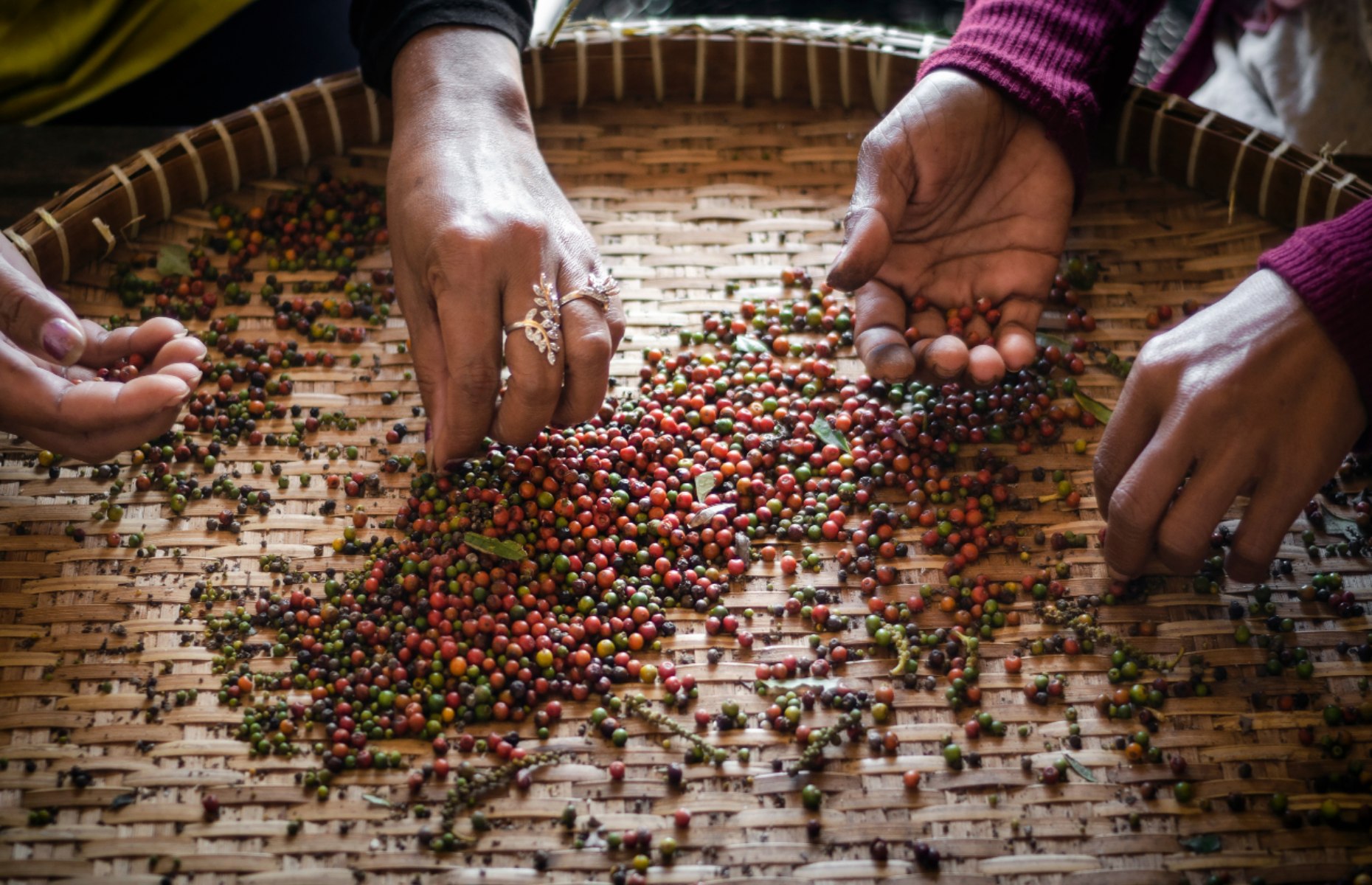
Pepper originated in Kerala, India, where it is still grown, but it’s now mainly produced in Vietnam, Brazil, Indonesia and Sri Lanka.
It's been traded from Sri Lanka for more than a thousand years – a recent dig found 1,300-year-old peppercorns at one port. Peppercorns have been found at Roman sites, and some reports even suggest the pharaoh Rameses II, who died in 1213 BCE, was buried with peppercorns in his nostrils.
We know black pepper has been in the UK for thousands of years, as it’s on a Roman shopping list from Hadrian’s wall. The main surviving cookbook from Roman times also features black pepper in the majority of its recipes.
When pepper was considered more valuable, it was sometimes used as currency in the UK – for example as a toll on merchant ships in the 11th century. In Elizabethan times, pepper was so valuable, guards on the docks were forbidden from wearing cuffed shirts and had to sew up their pockets to deter theft. There was a time when black pepper was literally worth its weight in gold.
READ MORE: Follow our guide on how to make homemade pasta
Black peppercorns
Black pepper is strong, warming and aromatic, with a woody, earthy flavour. Some people can also taste a sharp citrussy note. Black peppercorns can be freshly ground and added during or after cooking, or added whole to flavour stocks, stews, curries and sauces.
Black pepper can be used in many dishes, everything from meat to fish, eggs to pickles and even dessert. There aren’t many things it can’t improve, giving food a boldness and intensity.

White peppercorns
White pepper is the seed of the peppercorn, with the black husk removed, so it doesn't have the wrinkles you'll find on black peppercorns. The flavour is quite different too. White pepper has an earthier, mustier smell and taste compared with black pepper, and still has a bite to it, but doesn't have quite the same level of complexity or intensity.
It’s often used to add peppery flavours to dishes like mashed potato, yogurt and bechamel sauce as it blends in with the lighter colours. It's also popular in Chinese soups.

Sichuan peppercorns
Sichuan pepper is not related to black pepper. It comes from a plant in the citrus family, which explains the lemony brightness you can taste in it. Unlike peppercorns, Sichuan pepper has a tingly, numbing sensation when eaten, similar to Japanese sansho pepper. Although, sansho pepper's tingly qualities are even more intense.
Sichuan peppercorns are dried dark red or brown husks that look like small dried flowerheads. Before cooking, they should be ground in a pestle and mortar to remove the small, flavourless black seeds inside, as well as any leftover stems.
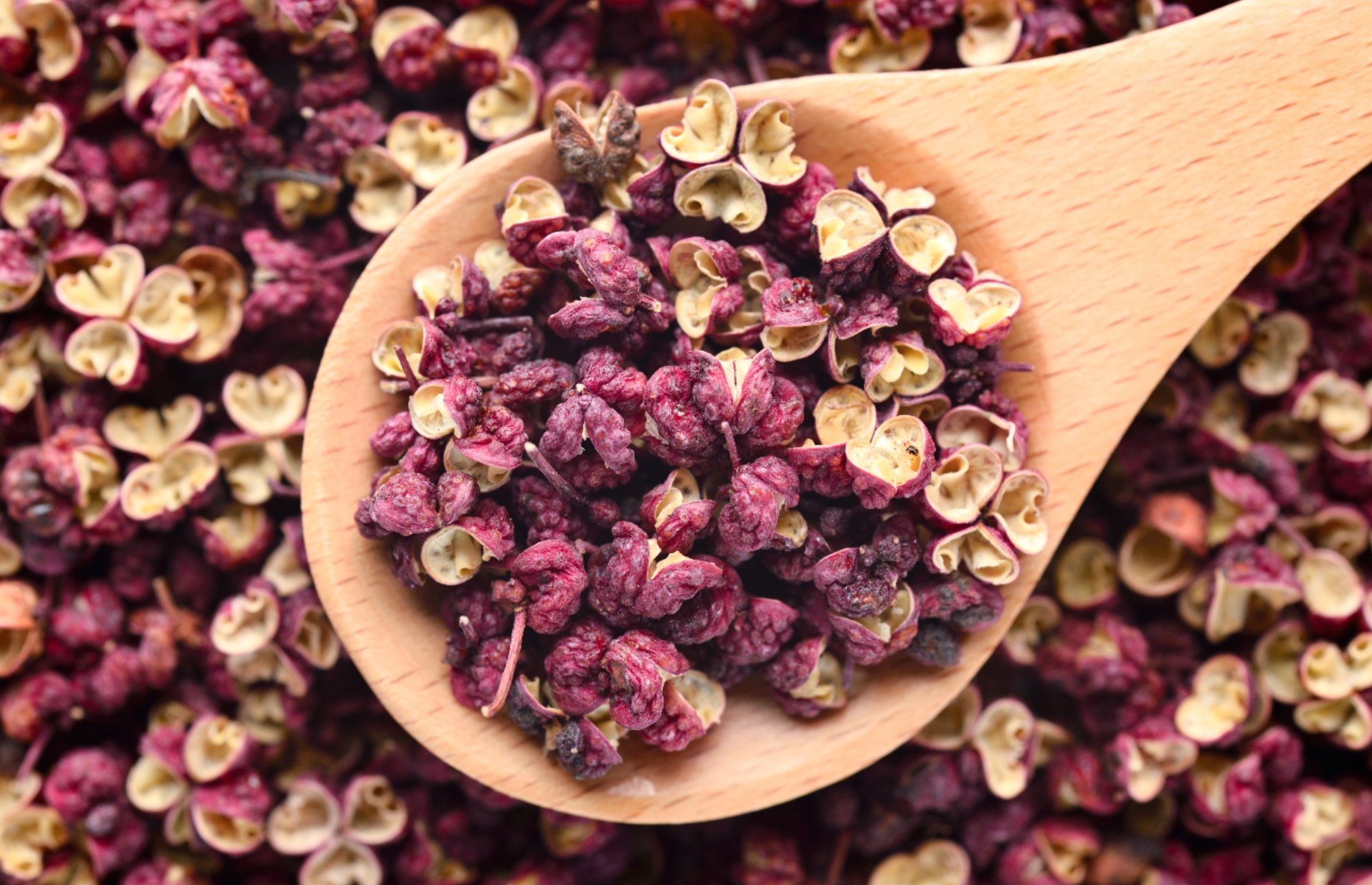
Like black pepper, Sichuan pepper is a delicious way to add a new bold dimension to a range of dishes. It plays a huge role in Chinese cooking and is also popular in Americanised versions of dishes, like bang bang chicken.
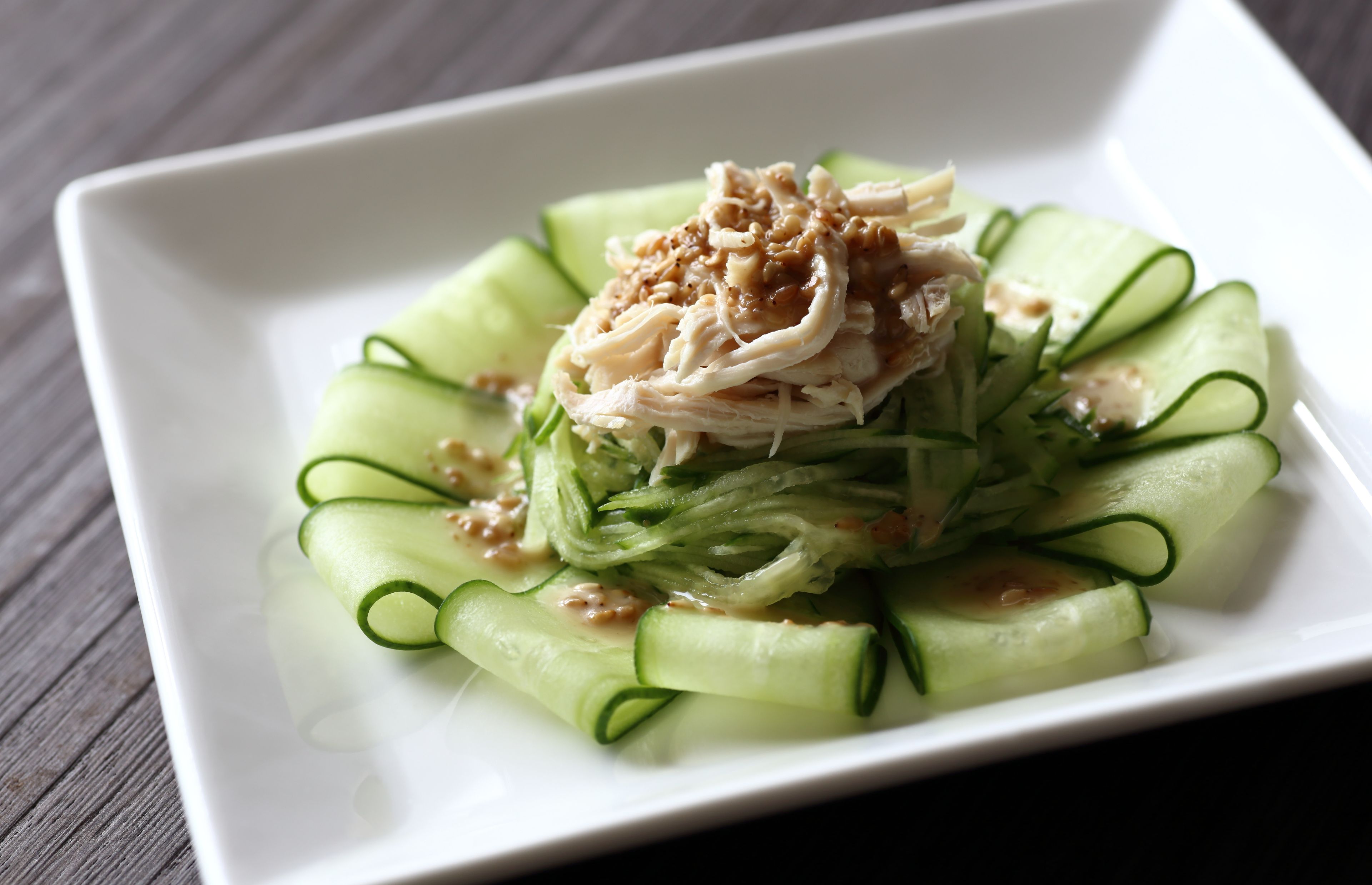
gontabunta/Shutterstock
To give it a try, start with mapo tofu – a rich and comforting pork and tofu stew that’s flavoursome and warming. Sichuan pepper also brings vegan side dishes like dry-fried beans to life with some serious zing. And for a dinner party centrepiece, you can’t go wrong with a Sichuan hotpot.
READ MORE: Explore our guide on how to cook with cauliflower
Pink peppercorns
Like Sichuan pepper, pink and red peppercorns aren’t related to black peppercorns – they’re pepperberries. Pink peppercorns have a refreshing sweet and bright flavour to them, with a bit of heat. Their bright colour also makes them an attractive seasoning to finish steaks, chicken and drinks. Often used as a botanical in gin, the chilli-like fruitiness gives a lovely depth to the spirit.
Part of the cashew family, pink peppercorns should be avoided by people with tree nut allergies.
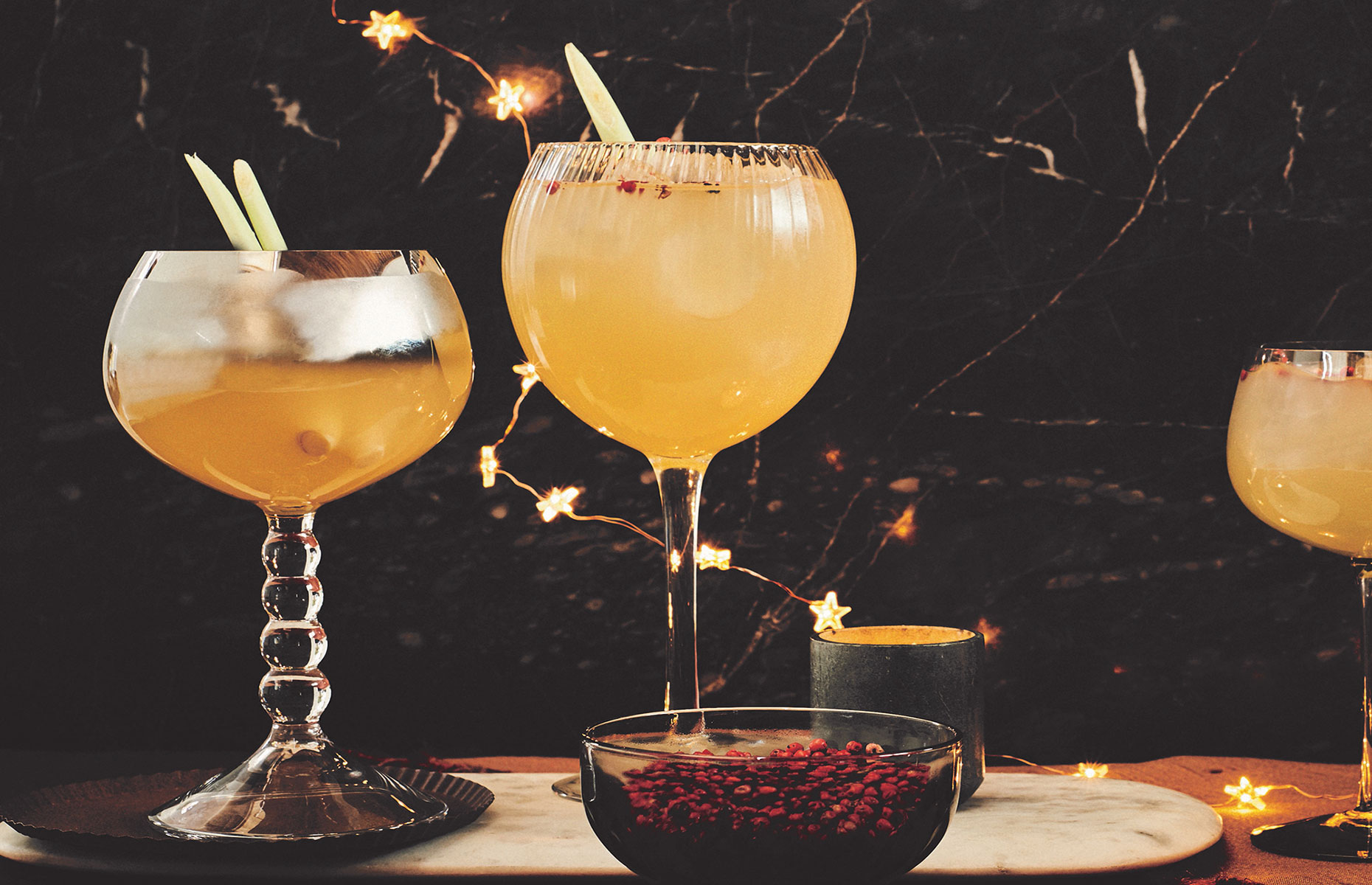
Catherine Gratwicke/Kyle Books
Green peppercorns
Green peppercorns are the unripe fruits of the pepper vine and have a much milder, fresher flavour than black or white pepper.
As they’re a fresh fruit, they’re more likely to be found dried or pickled rather than raw, as they keep ripening after being picked. You’ll find them in dishes from pepper-growing regions such as Cambodia, Thailand and Vietnam. In British cooking they’re used as a milder alternative in things like peppercorn sauce or ham pie.

Our best peppercorn recipes
Aromatic black pepper pairs brilliantly with umami flavours, which is why it ties together rich, savoury beef with sweet and salty oyster sauce in this 10-minute stir-fry.
Kevin Fernandez from Rafi's Spicebox and co-author of The Rafi's Spicebox Cookbook, says, "Pepper is a vital ingredient in almost all Indian cuisine, but some dishes stand out by making it a star, providing a different kind of heat to chilli. As with all Indian food, the same dish may vary greatly between regions. For example, our Mulligatanni (‘Mulliga’ meaning pepper, and ‘tanni’ meaning water) is made in a Keralan style, with a coconut element that mellows out the pepper to a degree.
"Another form of pepper water is the stronger, thinner Rasam, which is much more like a digestive drink than a curry sauce, and is traditionally served at the end of a meal with a ball of boiled rice."
Use milder green peppercorns in the place of black pepper in this beef rib recipe with a creamy sauce that’s warming, rather than hot. Green peppercorns also bring out the fresh, herbal flavours of a jungle curry – this venison version is a hot ticket.
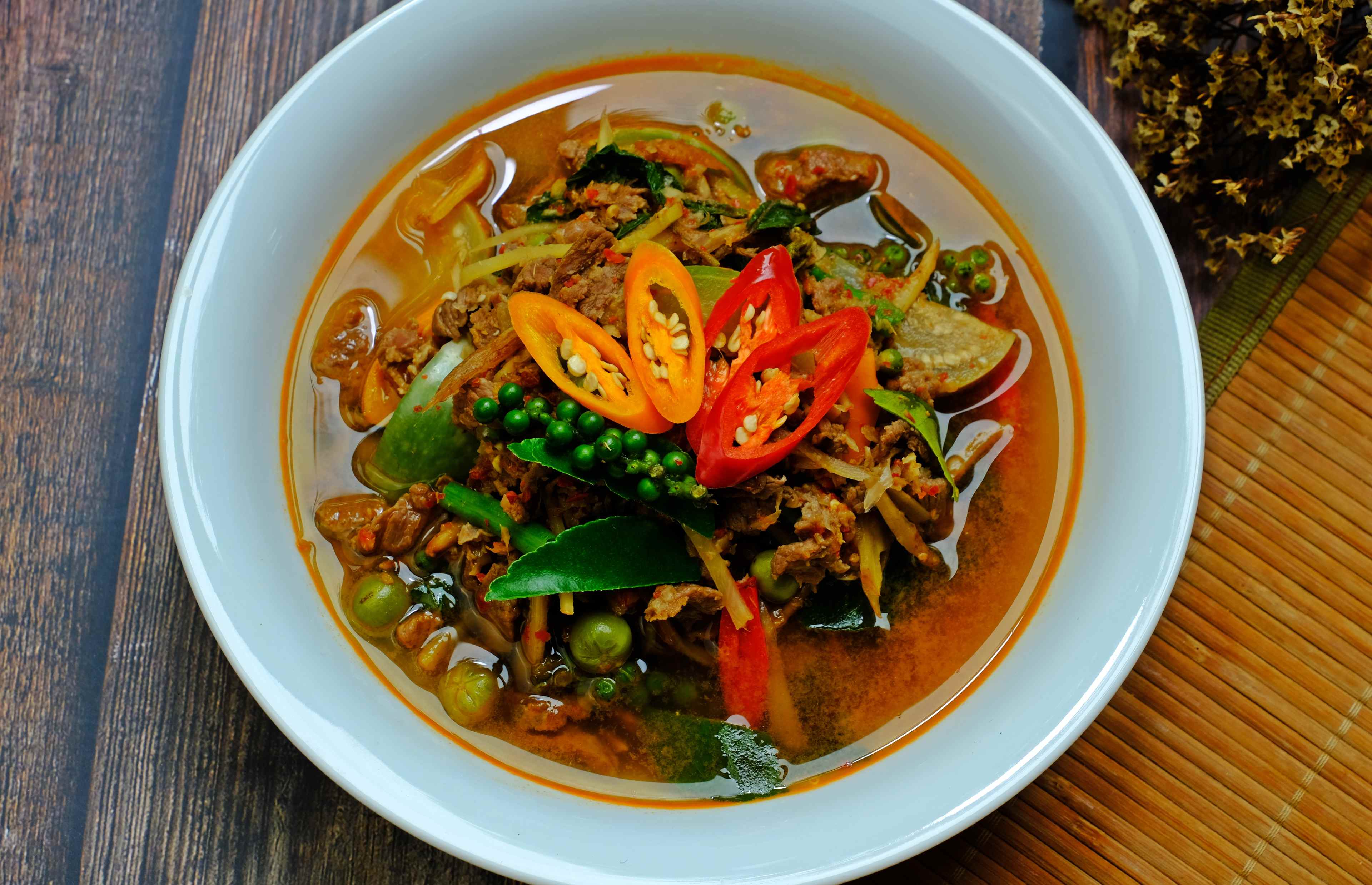
Supratchai Pimpaeng/Shutterstock
White pepper is a handy shortcut for elevating weeknight dishes. This easy grilled chicken dish pairs crushed white peppercorns with aromatic fennel seeds – a flavoursome plate to serve with a simple parsley salad. And these Thai-style grilled prawns spiced with white peppercorns take just five minutes on the grill – one to bookmark for barbecue season.
If you’ve never cooked with Sichuan peppercorns before, start with a delicious dan dan noodle recipe, advises Amy Poon, the co-owner of Poon’s restaurant and sauces. “The list of ingredients seems long but this is actually quite a simple dish to put together, consisting of just noodles, sauce and toppings,” she says.
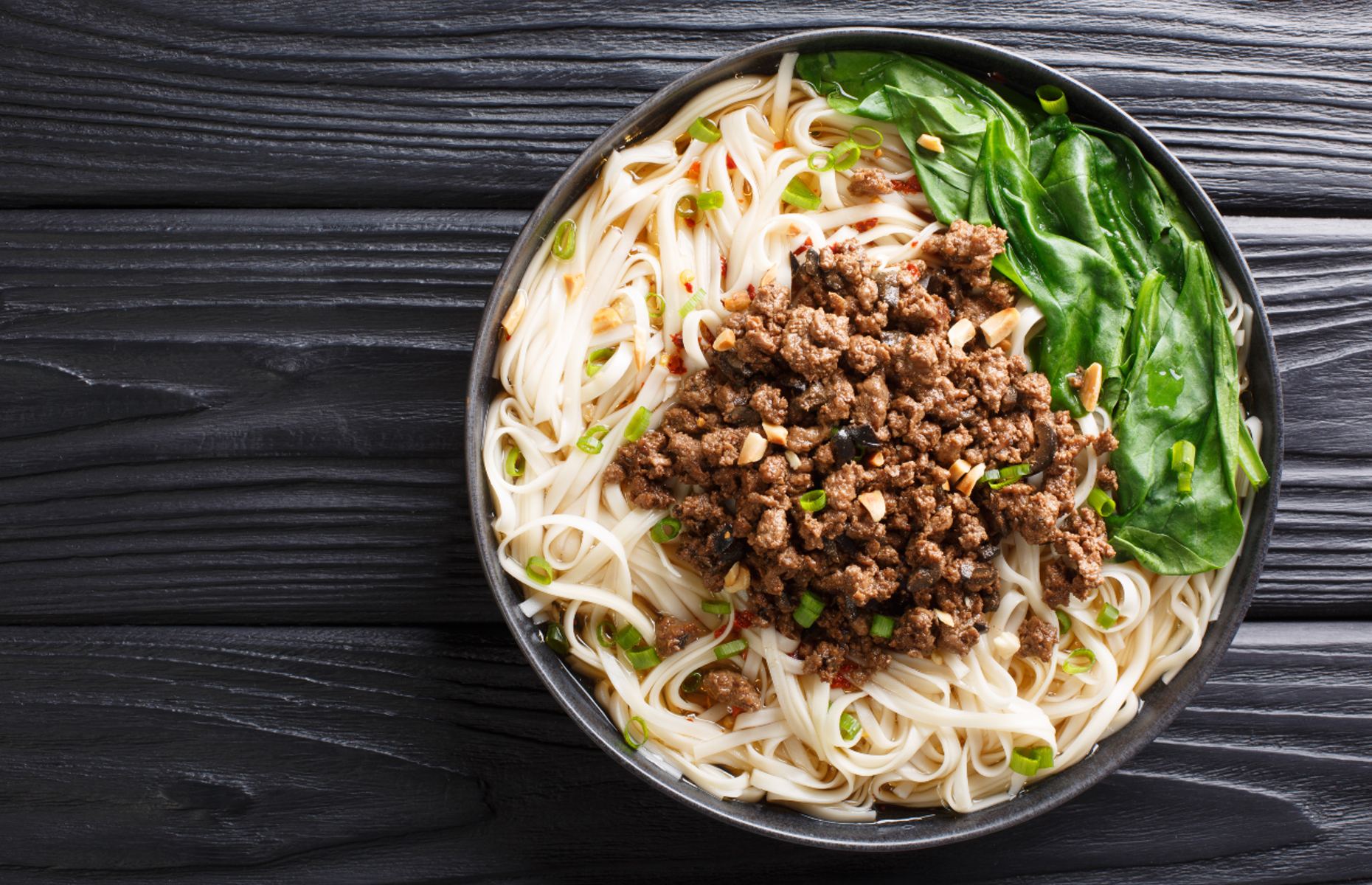
“Loosen two tablespoons of sesame paste with a splash of water first. Then mix in half a teaspoon of ground Sichuan pepper with two minced cloves of garlic, two tablespoons of light soy sauce, one and a half tablespoons of black rice (Chinkiang) vinegar, two tablespoons (or more) of chilli oil and a pinch of caster sugar for balance until smooth, adding more water if necessary to achieve a runny consistency. Divide between two bowls.
“In another bowl, mix 3.5oz (100g) minced pork with two teaspoons each of soy sauce and Shaoxing wine. Heat two tablespoons of vegetable oil in a frying pan, and fry a teaspoon of minced ginger until fragrant. Add a tablespoon of fermented preserved mustard greens and a minute later, the seasoned pork. Stir-fry until the pork is cooked.
“Meanwhile, cook 7oz (200g) dried noodles and in the last two minutes, throw in a handful of leafy greens (bok choy, spinach or choi sum). Drain well and divide between the two bowls with the sauce in the bottom. Divide the pork topping between the two bowls, sprinkle over spring onions and serve. Instruct your fellow diner to mix well before slurping."
Comments
Be the first to comment
Do you want to comment on this article? You need to be signed in for this feature
